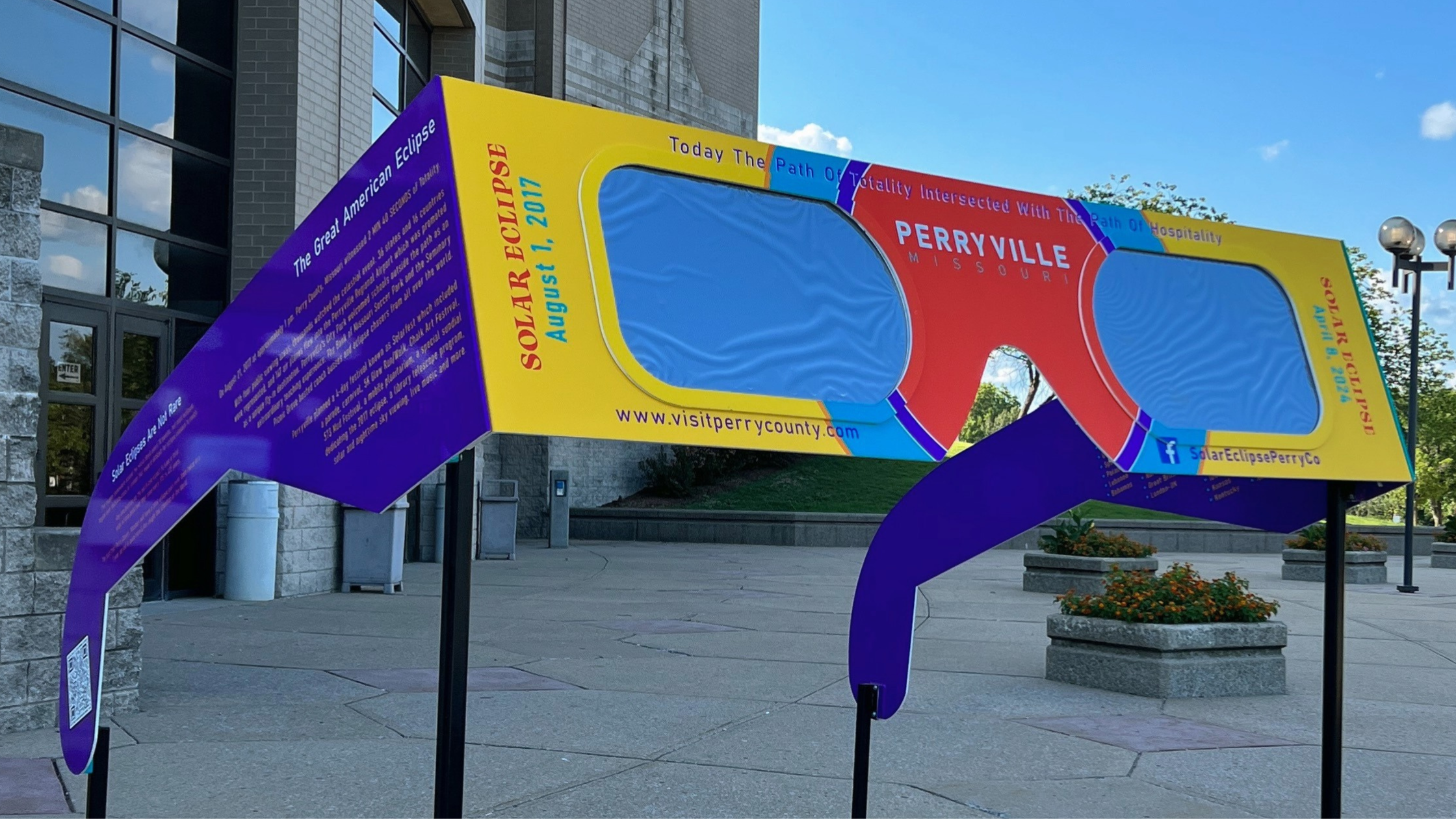
Do you remember where you were on August 21, 2017? Chances are you were one of the 215 million American adults who viewed the solar eclipse directly or electronically! A solar eclipse is when the Moon passes between the Sun and the Earth.
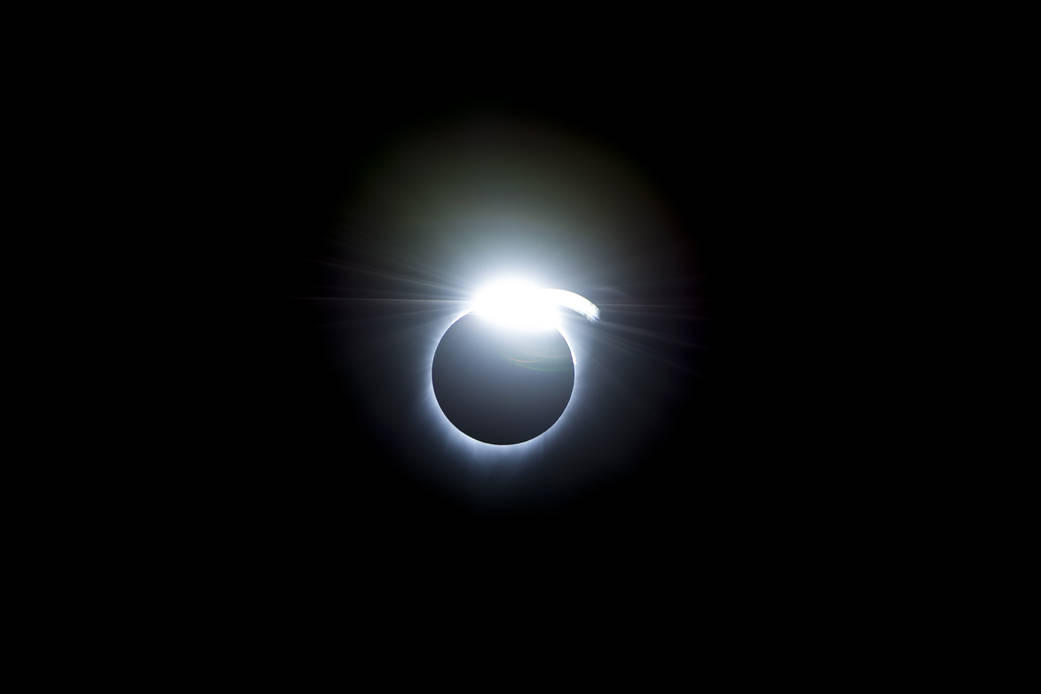
There are TWO upcoming solar eclipses: one on October 14, 2023 and a total solar eclipse on April 8th, 2024. An estimated 31 million people living inside the path of totality will experience an average of 3-4 minutes when the Sun is completely blocked by the Moon.
Events are being planned across the country to help people prepare for the eclipses. On July 22, I represented SciStarter at one such event: the Missouri Solar Eclipse Expo at the Show Me Center in Cape Girardeau, Missouri.
My role was to introduce people to ways they can share observations before, during and after the eclipses to help build knowledge about what happens when the sun goes dark. More on that in a bit.

Scientists, artists, teachers, photographers, students, and even superheroes and villains (in costume, of course) came together to learn about or present information about eclipses, including:
- Hands-on activities for children that combined tactile resources with argumentative reality
- Free Solar Eclipse Glasses with resources on how to safely view the solar eclipse
- Simulations of what the eclipse will look like
- Eclipse Art
- Citizen Science Opportunities
- Nature groups discussing how the eclipse can affect wildlife
- Popup Observatory
- Chance to try out a solar telescope

Attendees described their eclipse experiences and enthusiasm: “It is life changing. I get to see my 10th eclipse in April,” explained one attendee. “I get to see my 4th eclipse,” yelled someone from behind me. “I am going down to Texas to see my 15th eclipse,” stated a soft-spoken lady from behind an exhibit table. “I can’t wait to see an eclipse,” shouted a little boy holding his first pair of eclipse glasses.
One artist described how she uses art to inspire curiosity in astronomy. A tour guide shared information about local sites and attractions that people should visit while they are in town during the eclipse (Missouri is in the viewing path). I was able to chat with a group of students who are plan to send up monitoring equipment in a weather balloon during the eclipse to gather photographs, temperature readings, and video that will be live streamed so those outside of the path could experience the eclipse. One of the tables had representatives from the Dynamic Eclipse Broadcast (DEB) Initiative, a nation-wide citizen science team working to broadcast new and exciting views of the eclipse.
One thing became clear…there’s no shortage of interest in the eclipse! But how do we harness that enthusiasm and leverage it to help advance research? Citizen science of course!
I’m excited to help SciStarter in its effort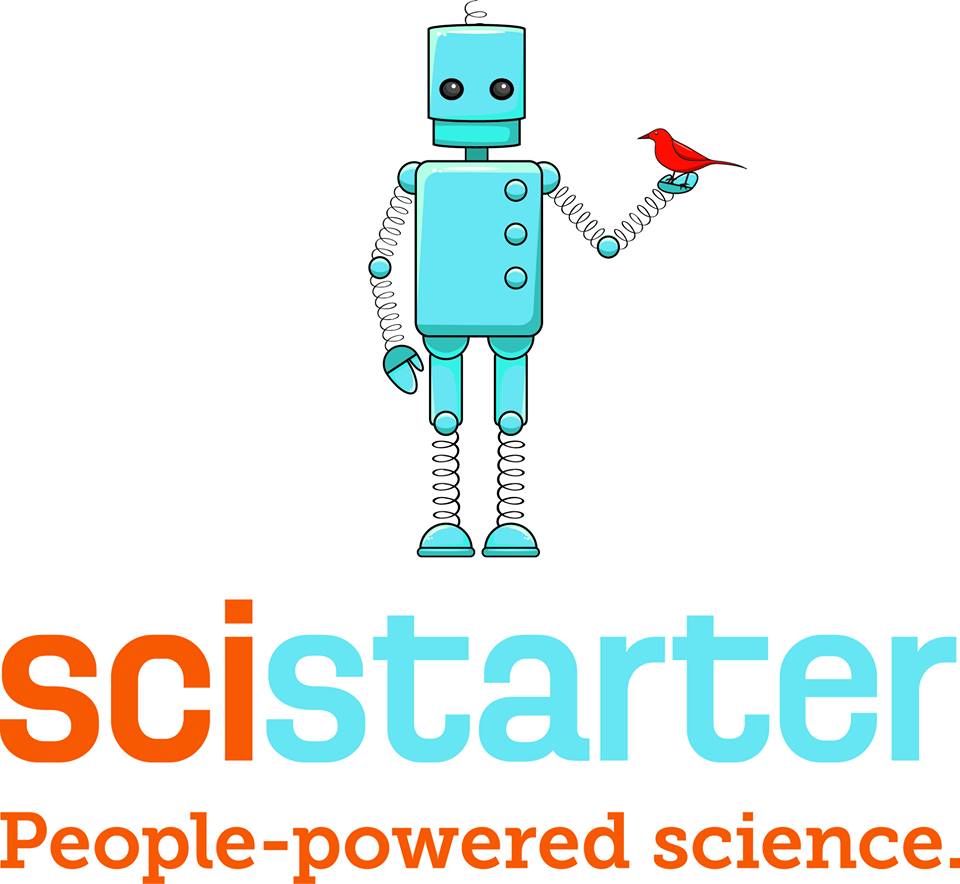 to curate all the ways we can help share observations before, during and after the eclipse. Let your enthusiasm for the eclipse erupt by participating whether you’re in the viewing path or not!
to curate all the ways we can help share observations before, during and after the eclipse. Let your enthusiasm for the eclipse erupt by participating whether you’re in the viewing path or not!
The first step is to go to SciStarter.org/eclipse to find more information about the eclipses and a list of curated activities, resources, and projects in need of your help.
Below, I’ve highlighted a few to give you a sense of the range of opportunities. All of these projects can be found on SciStarter.org
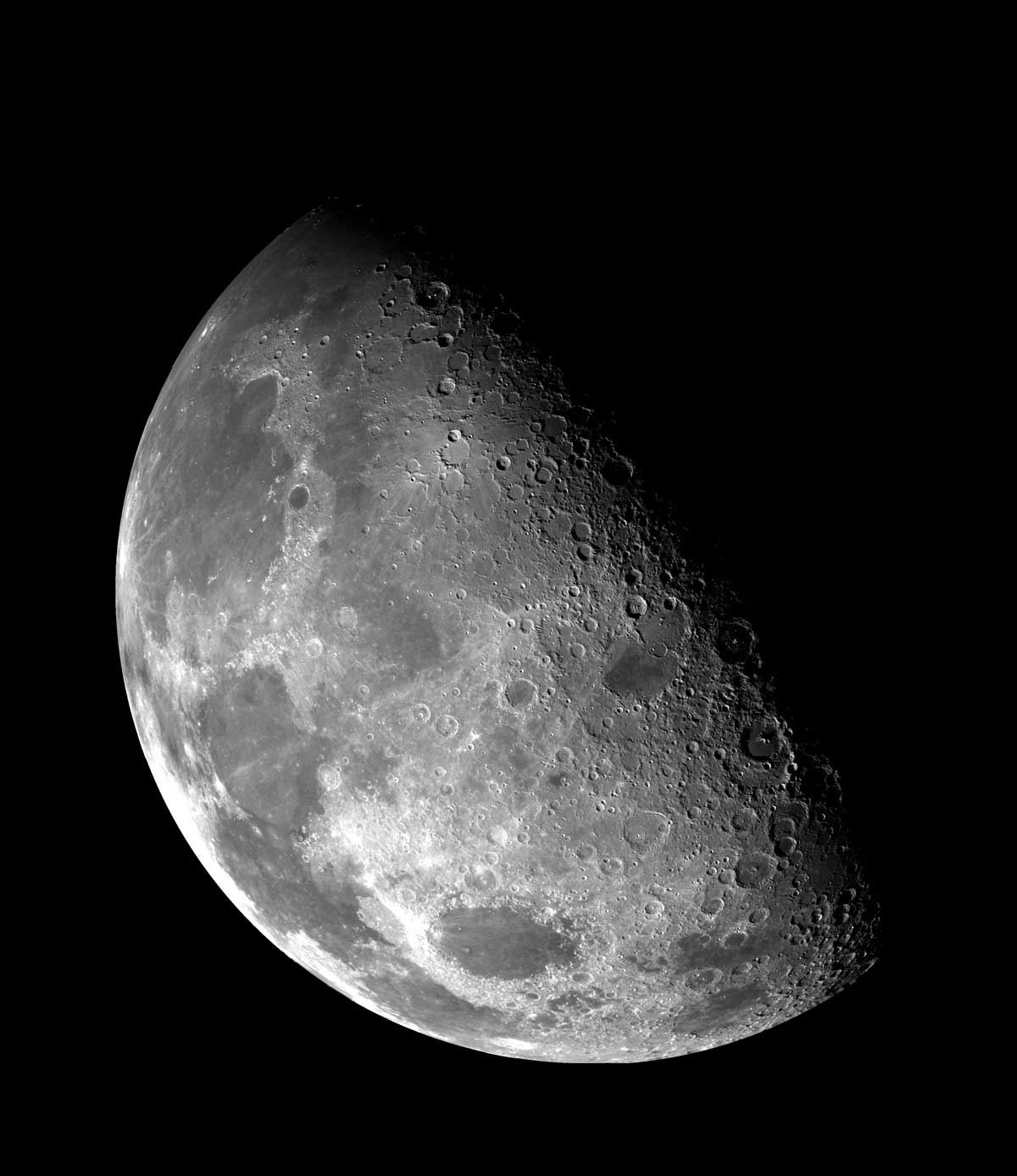
Dynamic Eclipse Broadcast (DEB) Initiative:
Researchers at Southern Illinois University are recruiting teams all along the path of totality and even way beyond the path of totality to gather views of the 2024 eclipse. As a participant, you’ll receive training to be part of the network coordinating and sharing solar observations leading up to and during the solar eclipse.

GLOBE Observer: Eclipse:
What happens to temperature and cloud coverage during an eclipse? People have reported changes in animal behaviors (some spiders disassemble their webs, squirrels run into their dens, nocturnal animals emerge) and changes in temperature, clouds and wind. Help answer this and other questions by downloading the free NASA GLOBE Observer app and then practice using the app to take pictures of clouds, trees and ground/land cover near you. You’ll see an option to learn how to measure air temperature during the eclipse in the “eclipse” function. This is a SciStarter affiliate project too which means you can earn credit for your participation on your SciStarter dashboard!
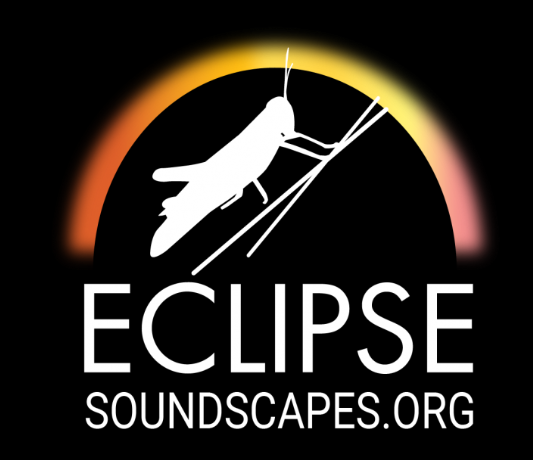
Eclipse Soundscapes Project:
How do animals respond when the Sun goes dark? What else happens in the natural world? There are several ways to participate in this project supported by NASA as a learner, observer, data collector and/or data analyzer. Libraries are eligible to apply to receive recording equipment to record sounds during the eclipse. The equipment can also be loaned out to library users. Tune into Do NASA Science LIVE on September 19 at 7:00pm ET to learn more about this project and how to obtain recording equipment. Registration is free and now open: Register Here

iNaturalist:
Download the free iNaturalist app to record plant and animal life before, during and after the eclipse to share knowledge of how nature reacts when the Moon blocks out the Sun. You can do this from anywhere.
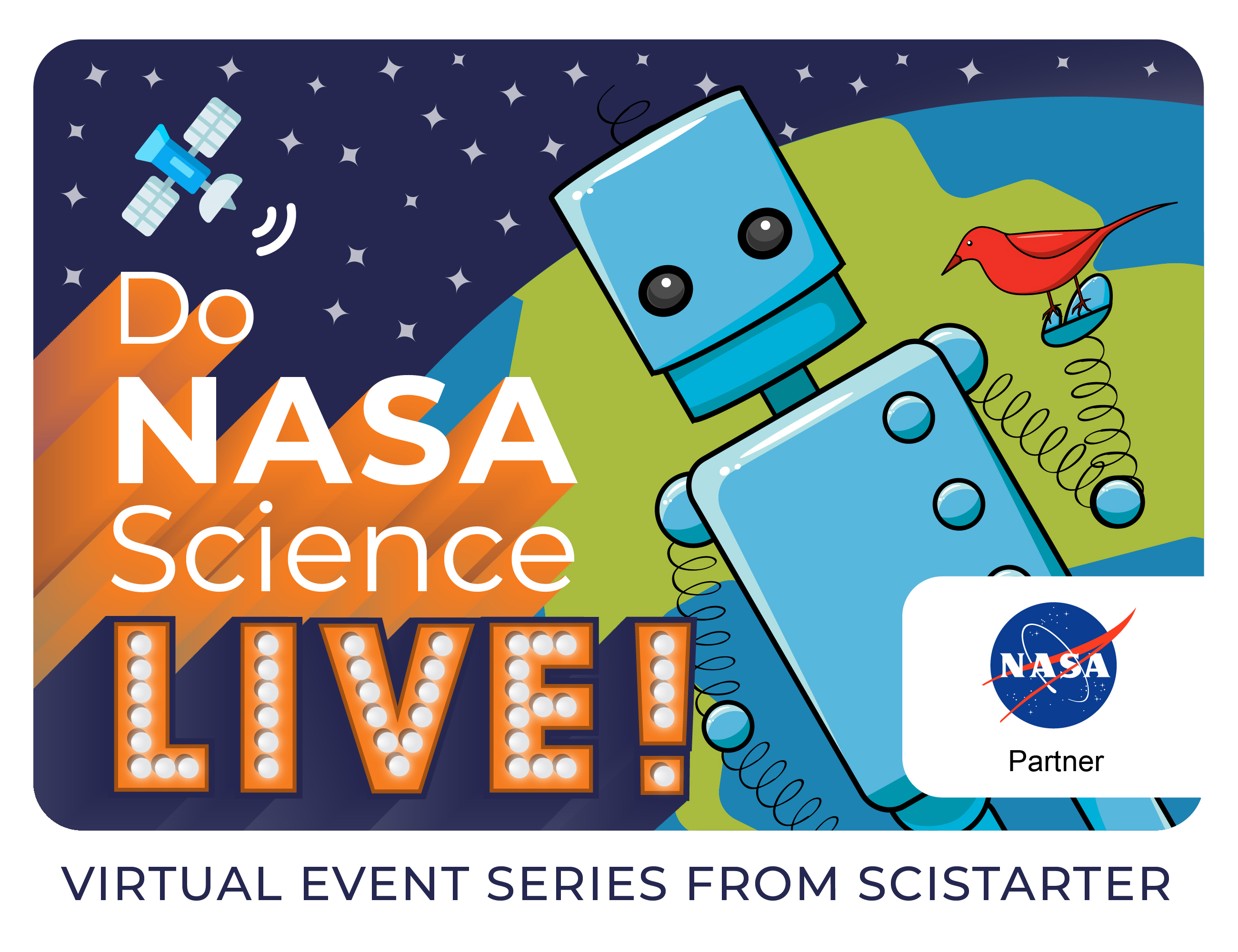
Interested in hearing from NASA scientists and how you can get involved in their research leading up to, during and after the eclipses? Go to SciStarter.org/NASA-live to find project descriptions, video interviews, and a list of upcoming online events.
Stay Curious!
Trevor Bartone is a content and program coordinator for SciStarter. He has worked to bring citizen science to his local community over the last five years, and he plans to further develop programs and resources for others looking to do the same.

